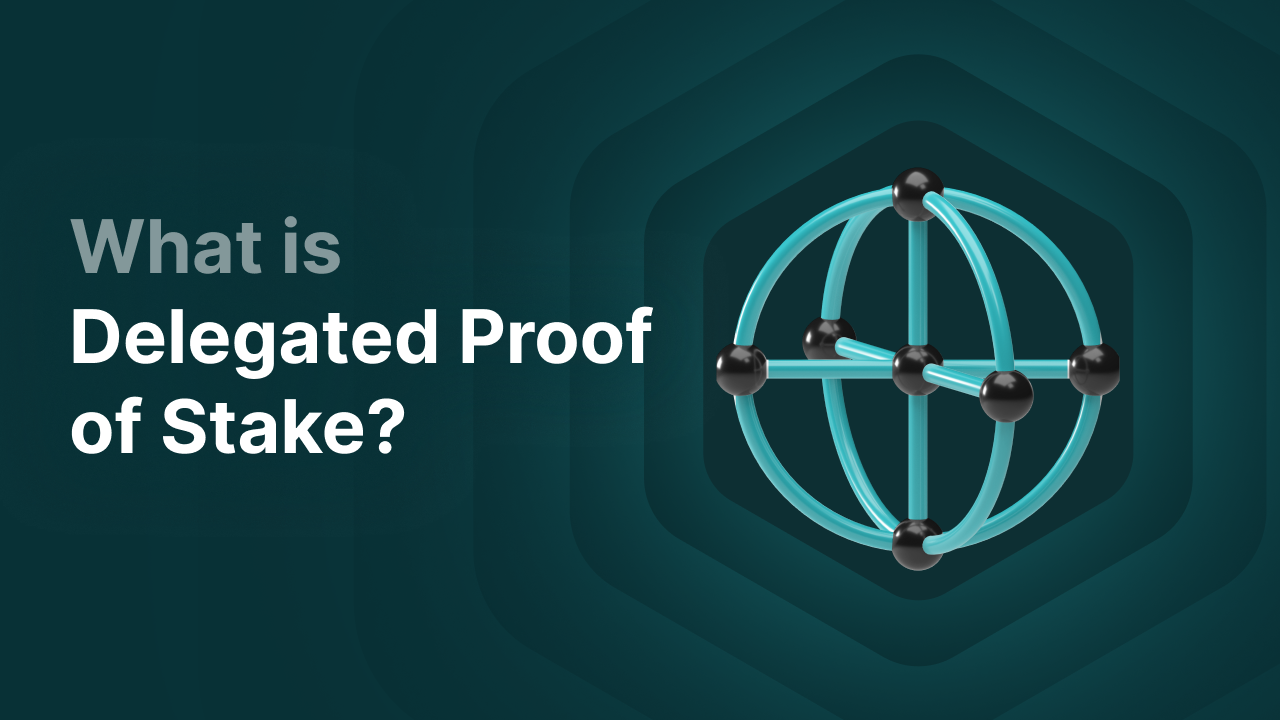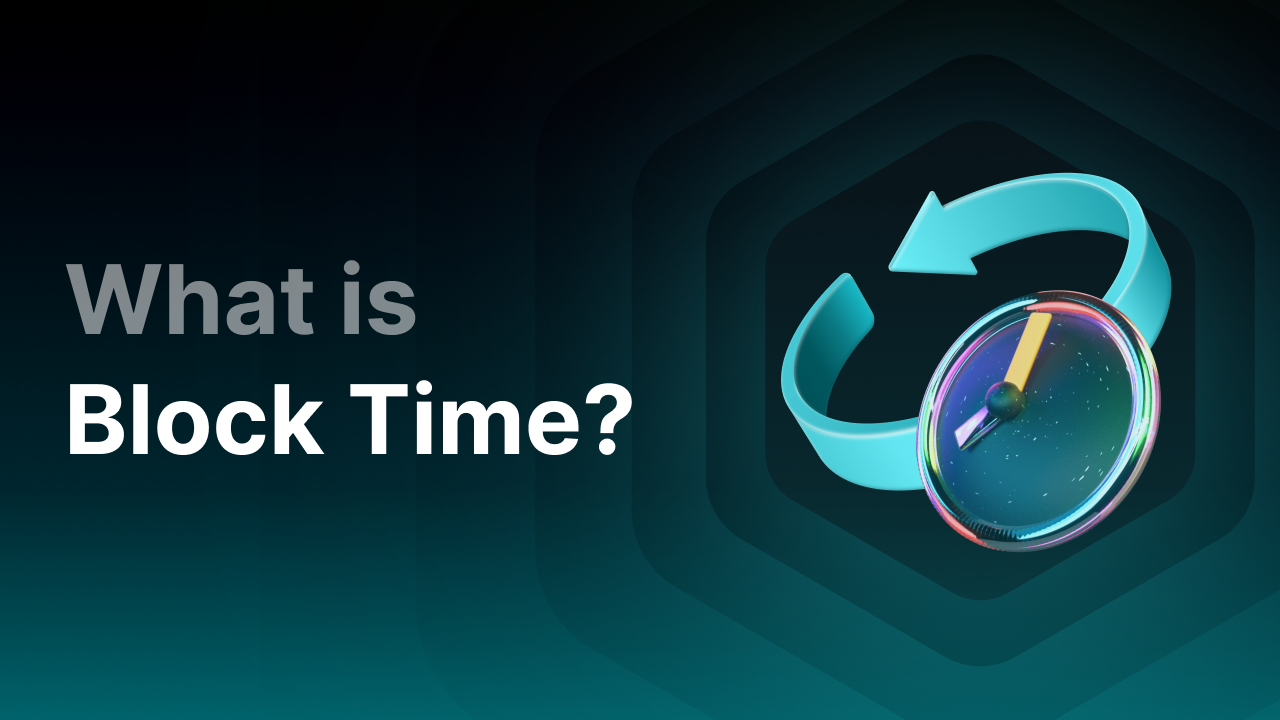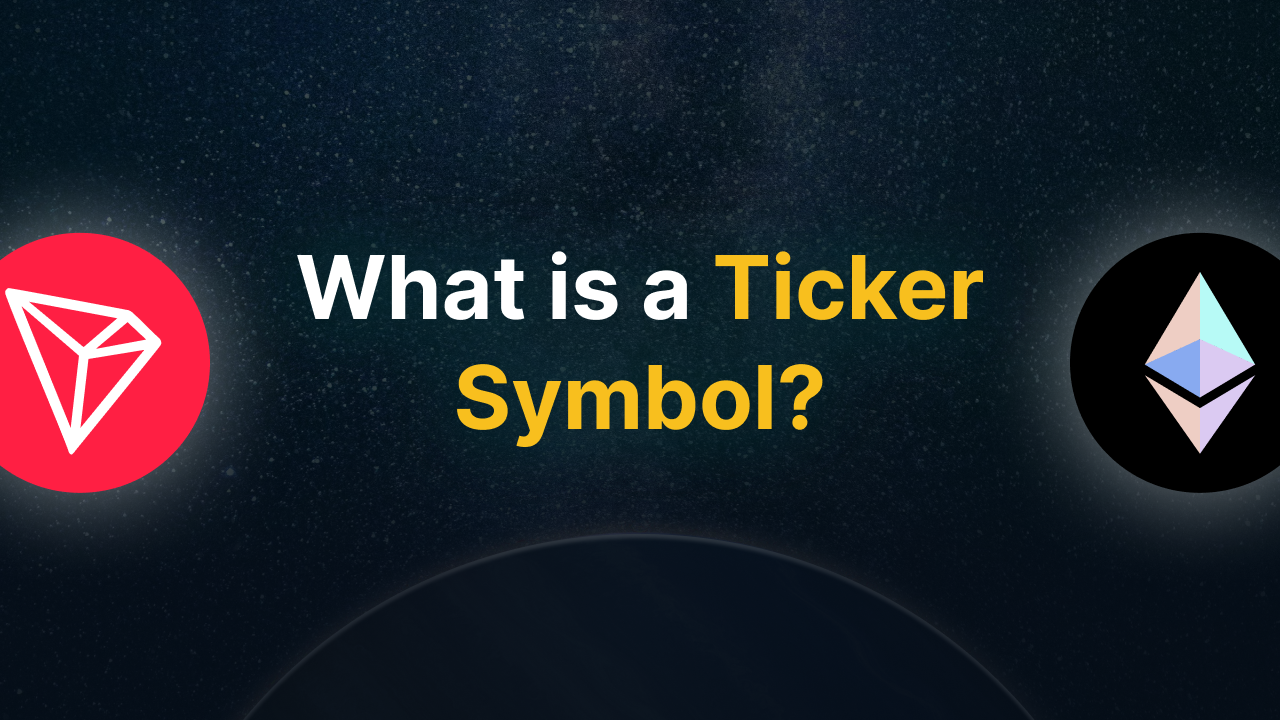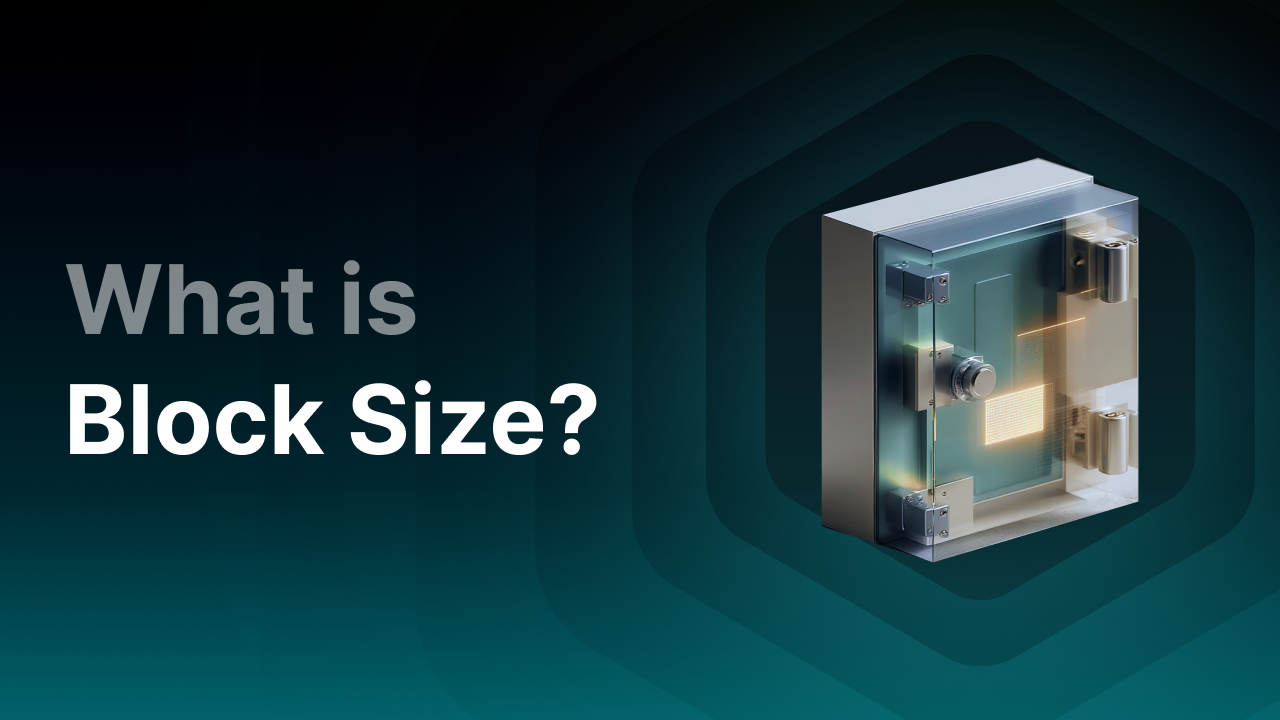What is Delegated Proof-of-Stake (DPoS) and how does it work?

What is Delegated Proof-of-Stake (DPoS)?
Delegated Proof-of-Stake (DPoS) is a consensus mechanism used in blockchain technology to determine who can validate transactions and add new blocks to the blockchain. DPoS was developed as an alternative to traditional Proof-of-Work (PoW) and Proof-of-Stake (PoS), because PoW consumes a lot of energy and PoS blockchains can potentially lead to high concentrations of power.
Delegated Proof-of-Stake was introduced in 2013 by Daniel Larimer in the BitShares project. Since then, it has been used by multiple networks due to its efficiency, scalability, and low energy costs.
The Delegated Proof-of-Stake consensus algorithm is unique because it combines democratic decision-making with high performance. Users or token holders use their voting rights to elect representatives. These representatives are called delegates or witnesses and are responsible for adding new blocks to the blockchain.
Key Takeaways
- Delegated Proof-of-Stake (DPoS) is an energy-efficient consensus mechanism developed as an alternative to Proof-of-Work and Proof-of-Stake.
- Users vote for a limited group of delegates who are responsible for validating transactions and creating new blocks.
- Voting power depends on the number of tokens held, which gives influence over network governance.
- Delegates are rewarded for their work and may share those rewards with voters, increasing engagement.
- Some DPoS networks use Byzantine Fault Tolerance (BFT) for added protection against malicious actors.
- Notable blockchain projects using DPoS include EOS, TRON, and BitShares.
How does Delegated Proof-of-Stake (DPoS) work?
Delegated Proof-of-Stake works like a representative democracy where token holders not only provide value but also voting power. Each token holder can vote for a number of delegates who then validate transactions and add new blocks to the blockchain. Here's a step-by-step breakdown:
Step 1: Voting for delegates
Network token holders vote for a certain number of delegates (usually 21 to 101 depending on the network). Voting power depends on how many tokens a user owns.
Step 2: Selection of delegates
Delegates are ultimately selected based on voting results and are assigned the task of validating transactions and adding new blocks. The selected delegates function as a kind of blockchain parliament.
Step 3: Adding blocks
Block addition to the blockchain is done in turns. Delegates take turns validating transactions and producing new blocks. The order in which delegates produce blocks is regularly rotated based on a predefined schedule.
Step 4: Rewards and accountability
Delegates earn rewards for their work in the form of transaction fees and/or new tokens. They may choose to share these with their voters. Voters can also switch their votes to a different candidate if a delegate misbehaves.
Byzantine fault tolerance
In addition to the delegate process, some DPoS networks use Byzantine Fault Tolerance (BFT) as an extra consensus layer. This system requires delegates to vote among themselves on the validity of new blocks. This mitigates the Byzantine Generals Problem, making it harder for malicious delegates to manipulate the network. This adds an extra layer of security.
What is the difference between Delegated Proof-of-Stake and traditional Proof-of-Stake?
Delegated Proof-of-Stake (DPoS) is similar to traditional Proof-of-Stake (PoS) in that it uses tokens to select validators, but the main difference lies in how that selection happens.
In traditional PoS, validators are automatically chosen based on the number of tokens they stake (stake). The more tokens you own and lock up, the greater your chances of validating transactions and earning rewards. This promotes decentralization but can lead to slower processing and higher costs, especially in busy networks.
In DPoS, token holders vote for a small group of delegates who validate blocks on behalf of the community. This approach increases transaction speed and scalability because only a limited number of participants are active in the consensus process.
PoS focuses on direct participation through token staking, while DPoS emphasizes efficiency through voting and delegation. Both systems balance performance, security, and decentralization differently.
Which blockchains use Delegated Proof-of-Stake?
Since the introduction of DPoS, several major blockchain projects have adopted this consensus mechanism. Here are the most well-known examples:
EOS
EOS is one of the most well-known DPoS blockchains. It uses 21 active block producers who generate a new block every 0.5 seconds. EOS is known for its high speed and low costs and is designed for large-scale decentralized applications (dApps).
TRON
TRON uses 27 "Super Representatives" elected by the community. TRON focuses primarily on the entertainment industry and enables fast and cheap transactions for content creators.
BitShares
BitShares was the first project to implement DPoS, mainly targeting financial markets and decentralized exchanges. Its new DPoS mechanism showcased the power for real-time and complex transactions.
What are the advantages of Delegated Proof-of-Stake (DPoS)?
Delegated Proof-of-Stake (DPoS) offers many advantages, summarized below:
-
High transaction speed
DPoS is designed for fast transaction execution. With only a small group of block-producing delegates, transactions can be validated in seconds. -
Low energy consumption
Compared to Proof-of-Work, Delegated Proof-of-Stake (DPoS) is far more energy-efficient and environmentally friendly. DPoS participants do not need to solve heavy cryptographic puzzles. -
Community-oriented
On the DPoS network, token holders have a say in who governs the network. This often makes DPoS blockchains more community-driven than other consensus mechanisms. -
Lower costs
Thanks to the efficiency of DPoS systems, network and transaction fees on these blockchains are typically much lower than on others. -
Fair and transparent
Delegates are regularly replaced if they fail to fulfill their roles in the blockchain ecosystem, keeping the system fair and transparent.
What are the disadvantages of Delegated Proof-of-Stake (DPoS)?
Despite its many advantages, Delegated Proof-of-Stake also has some drawbacks to consider:
-
Risk of centralization and collusion
With a limited number of delegates, there’s a risk that a small group gains too much control over the network. This could happen if large token holders collaborate to influence voting. Delegates might also make arrangements among themselves or be swayed by rewards. -
Dependence on active users
As with other delegated systems, DPoS requires an active community to replace poor or inactive delegates. -
Unfair vote distribution
Users with large token holdings have more voting power and influence. This can allow the wealthiest participants to dominate the network.
Final thoughts
Delegated Proof-of-Stake (DPoS) is an innovative and efficient way to achieve consensus in blockchain networks. It combines speed, scalability, and low energy usage with a democratic voting model. However, the system is not without risks: centralization and power concentration remain concerns. Still, for blockchains seeking high performance and active community involvement, DPoS offers a powerful alternative.




